The 11 Strangest Pregnancy Trends
Odd trends

Women have been giving birth since the beginning of human existence, and people have been conducting birthing rituals for almost as long. In ancient Malaysia, for example, women gave birth sitting up; in 18th-century France, newborns were bathed in wine. These days, modern parents are following increasingly zany pregnancy trends. From pregnancy belly casts to lotus births, here are 11 of the strangest pregnancy trends of the 21st century.
Lotus births
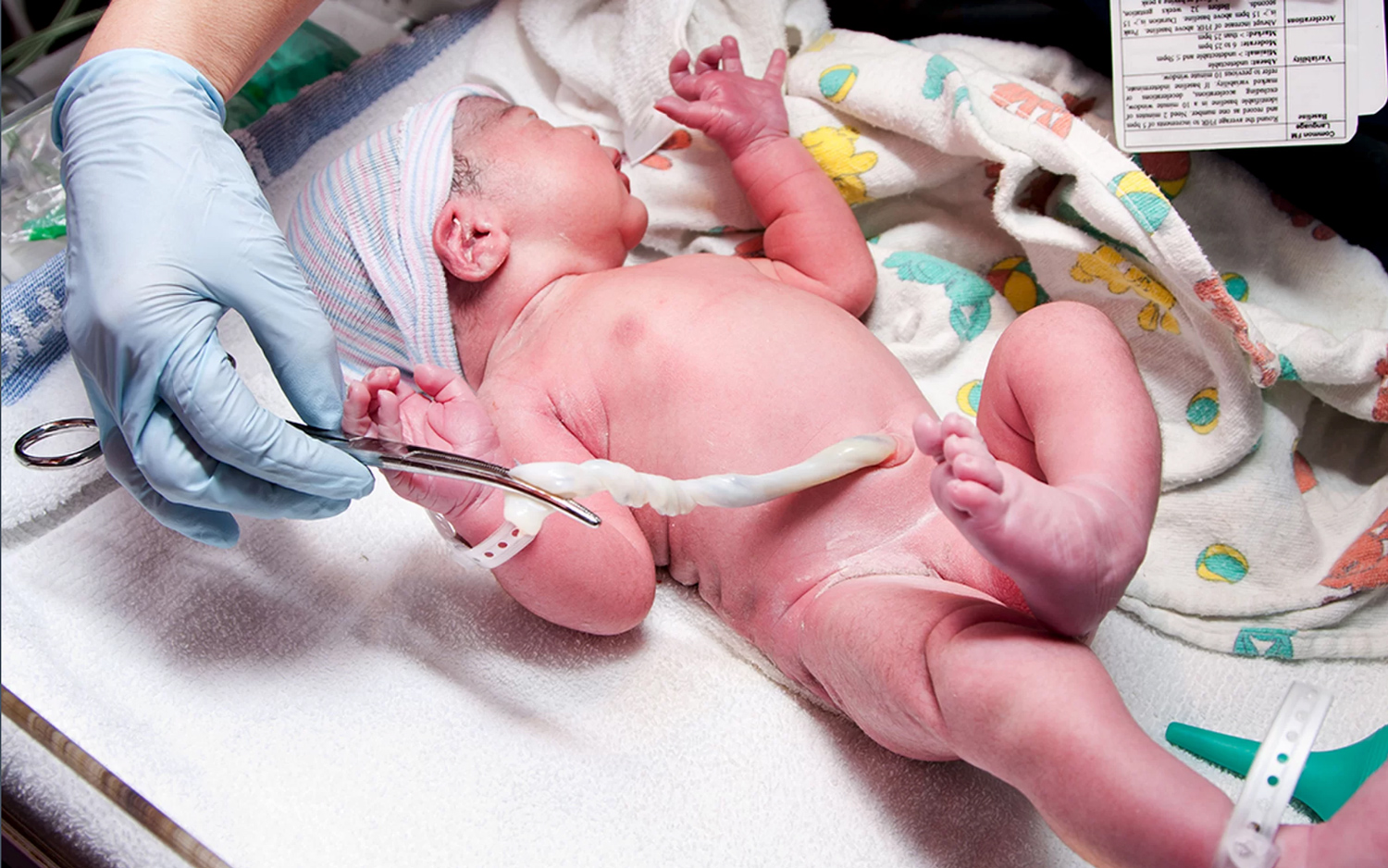
When a baby is born, most parents snip the long, fleshy umbilical cord as soon as the birth is over. With a "lotus birth," however, parents allow the cord to remain attached to the placenta until it breaks naturally.
Some moms and dads even opt to carry the placenta around in a pouch or a bowl — attached to the still- connected umbilical cord in what might be the worst purse design ever. Although advocates argue that lotus births ease a newborn's transition to life outside the womb, others warn that this trend could be harmful for the baby.
Dr. Saima Aftab, medical director of the Fetal Care Center at Nicklaus Children's Hospital in Miami, told Live Science that the placenta is "dead tissue" and a "perfect culture for bacteria to grow and for infection to occur." If the baby is attached to this dead, decaying organ, there is a risk of the infection spreading to the newborn, she said.
Related: 5 Reasons Why Placentas Are Amazing
Tattooing stretch marks and C-section scars
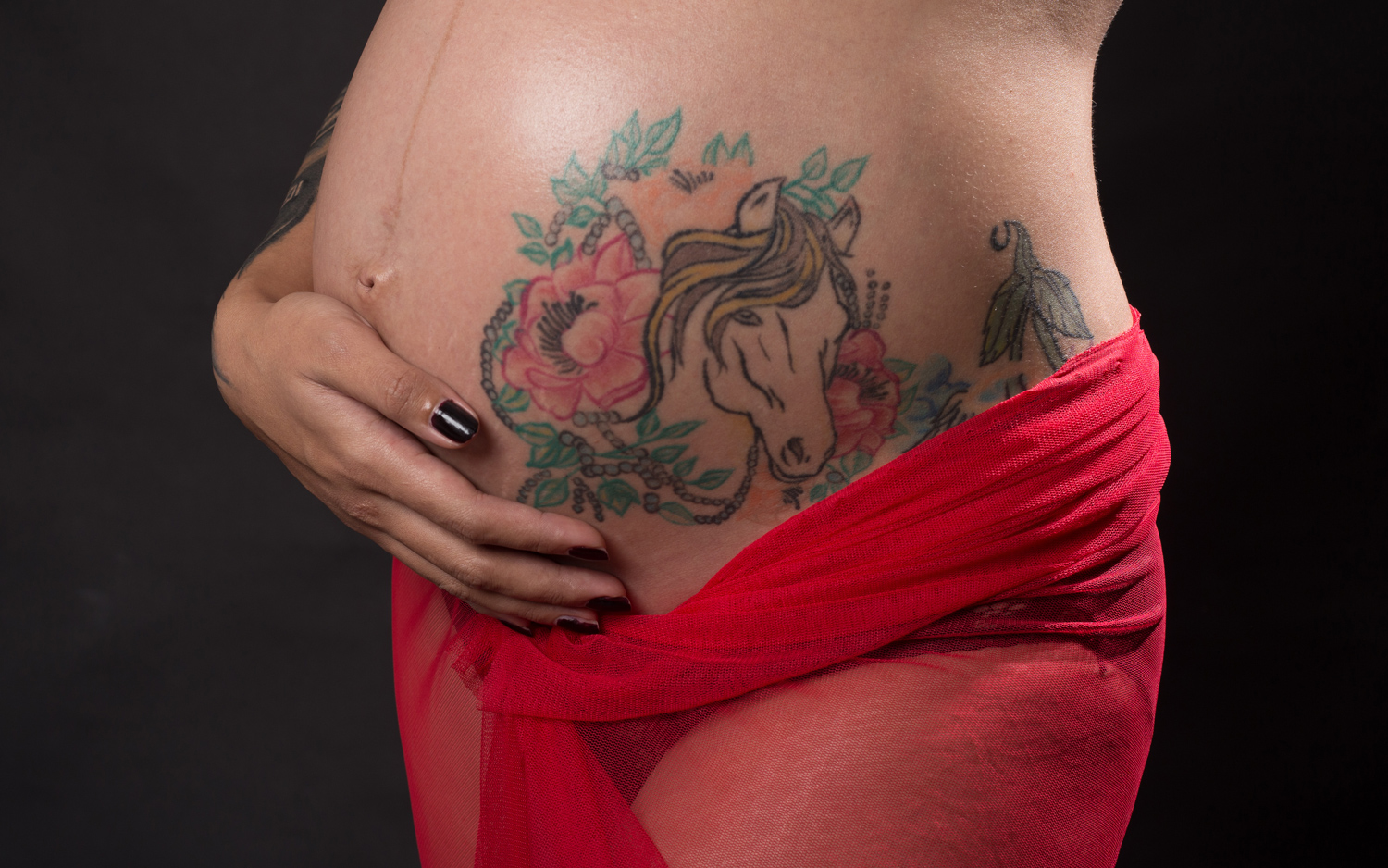
Chinese tattoo artist Shi Hailei is transforming stretch marks and C-section scars into beautiful human art. The Shanghai-based tattooist is inking flowers and butterflies over new mothers' insecurities and helping women feel beautiful.
C-section scars and stretch marks on pregnant or postpartum women occur most commonly along the abdomen, and women may use cocoa butter or other products to help fade the scars. Some women consider the condition disfiguring and even embarrassing, and tattoos have become an increasingly popular way to cover otherwise noticeable scars. One mom even got a pair of scissors tattooed alongside her C-section scar.
Get the world’s most fascinating discoveries delivered straight to your inbox.
Labor pains for men

In 2015, the "Try Guys" of Buzzfeed placed electrodes on their abdomens and backs and essentially electrocuted themselves to simulate the pains of labor. In short, there was a lot of crying and screaming.
But they're not the only ones: This trend has gained popularity over the years, and those who undertake the challenge seem to operate under a similar mindset as teenagers on YouTube ingesting whole ghost peppers. Still, there is the potential for men to develop some empathy for the experiences of their pregnant partners.
In 2007, a study found that men can suffer pregnancy pains in sympathy with their partners, most commonly experiencing stomach cramps. The condition is called Couvade syndrome, but many perceive these symptoms as "attention seeking." One way or the other, at least women don't have to suffer through labor pains alone.
Free births
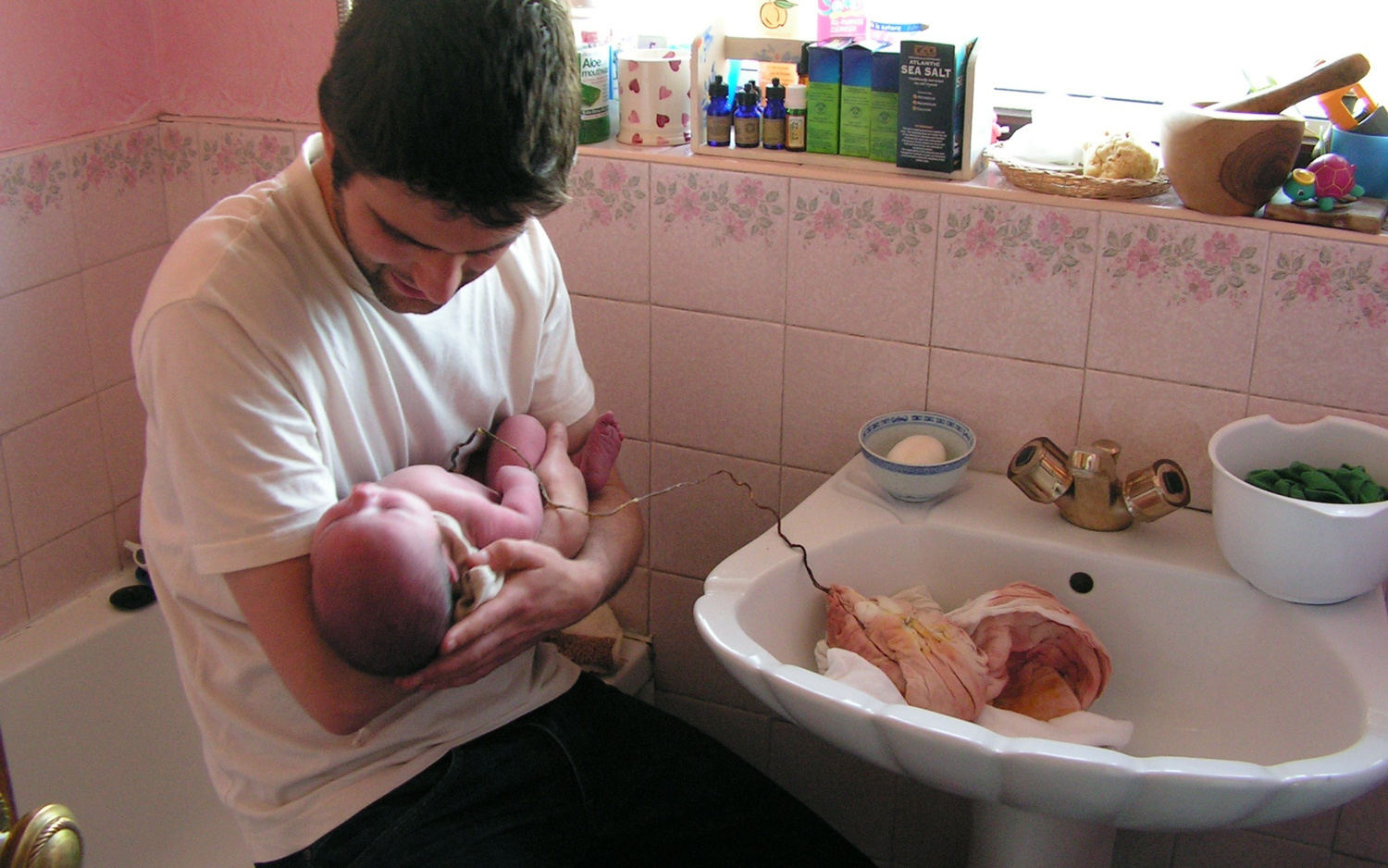
A free birth, or an unassisted birth, is when a woman gives birth without any medical help. Hours of labor with just the mother and her partner — and no doctors or midwives. Not only is there no medical presence, but parents committed to the concept also may forgo checkups or scans during pregnancy.
Of course, women have been giving birth without medical care for millennia, but the practice has recently regained popularity. Not everyone is thrilled with the resurgence of "free births," however, given that women still regularly die during childbirth, according to The Guardian.
Indeed, experts have also warned against free births because of associated health risks. Aftab emphasized that there are many unknown variables during the process of giving birth, and that giving birth far from a hospital can be "extremely dangerous."
Related: Signs of labor: 6 clues baby is coming soon
Pregnancy belly casts
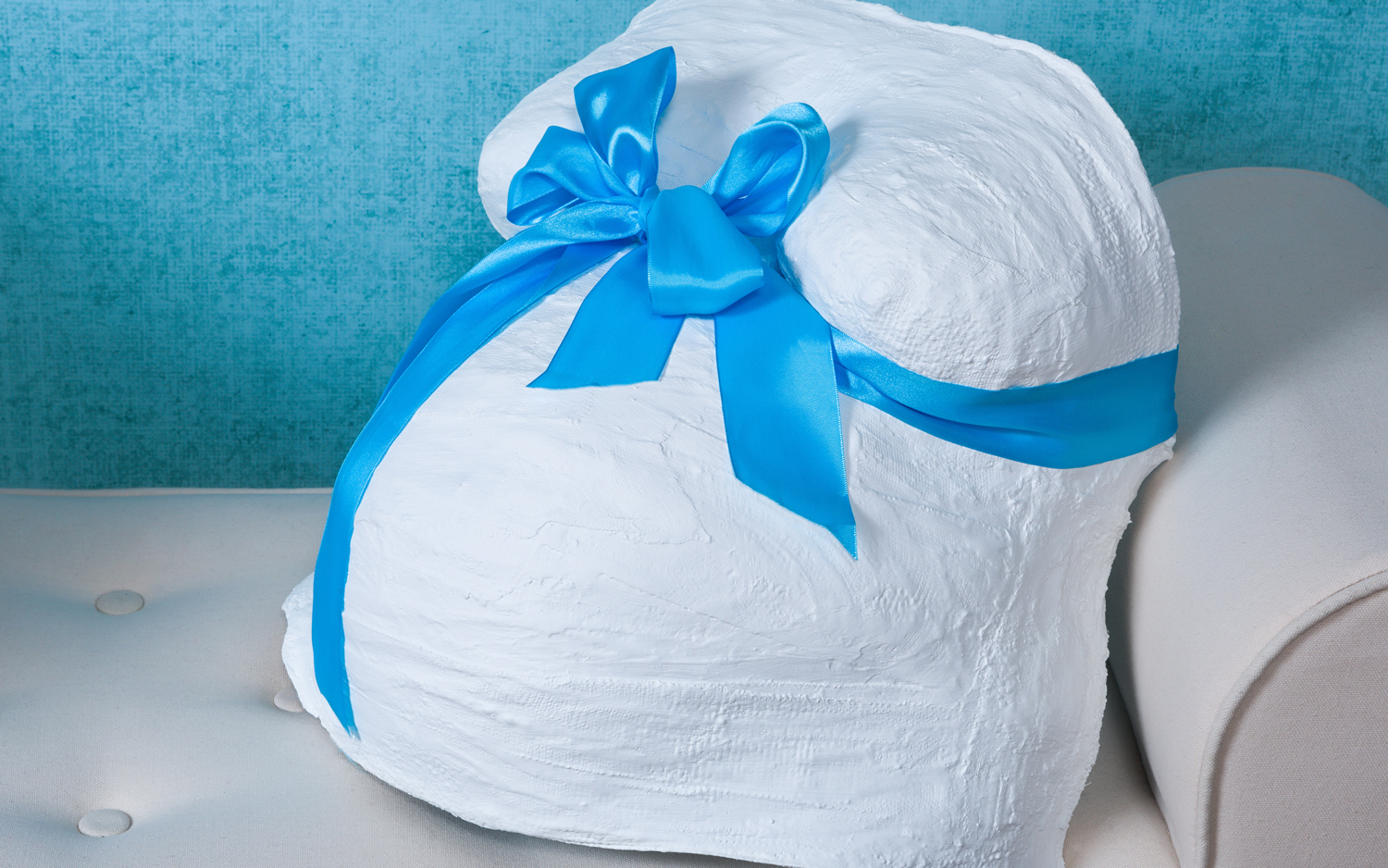
A fairly recent trend involves casting your pregnant belly with plaster and keeping the shape of the belly as a memento of your pregnancy. One company even offers photography services for photos of your baby in the belly cast, as a way to "imagine that tiny little bundle in a belly."
"Belly masking" is a completely safe process, and most women cast their bellies in the seventh or eighth month of their pregnancy.
Orgasmic birth

Labor can be an agonizing process — that's why some women get epidurals to alleviate the excruciating pain that is frequently associated with giving birth. But some (lucky) women have a different experience: They have what's known as an orgasmic or ecstatic birth.
In fact, a 2013 study found that midwives reported witnessing orgasms in about 0.3 percent of births. Childbirth educator Debra Pascali-Bonaro told Live Science in 2013 that people are often skeptical of the concept of experiencing pleasure during birth, most often because some see the idea of sexual feelings during childbirth as unacceptable.
Some women, however, actively attempt to have orgasmic births, if only to lessen pain during labor. One website recommends learning about your body's anatomy, having your partner's support and even forgoing medical assistance.
Eating the placenta
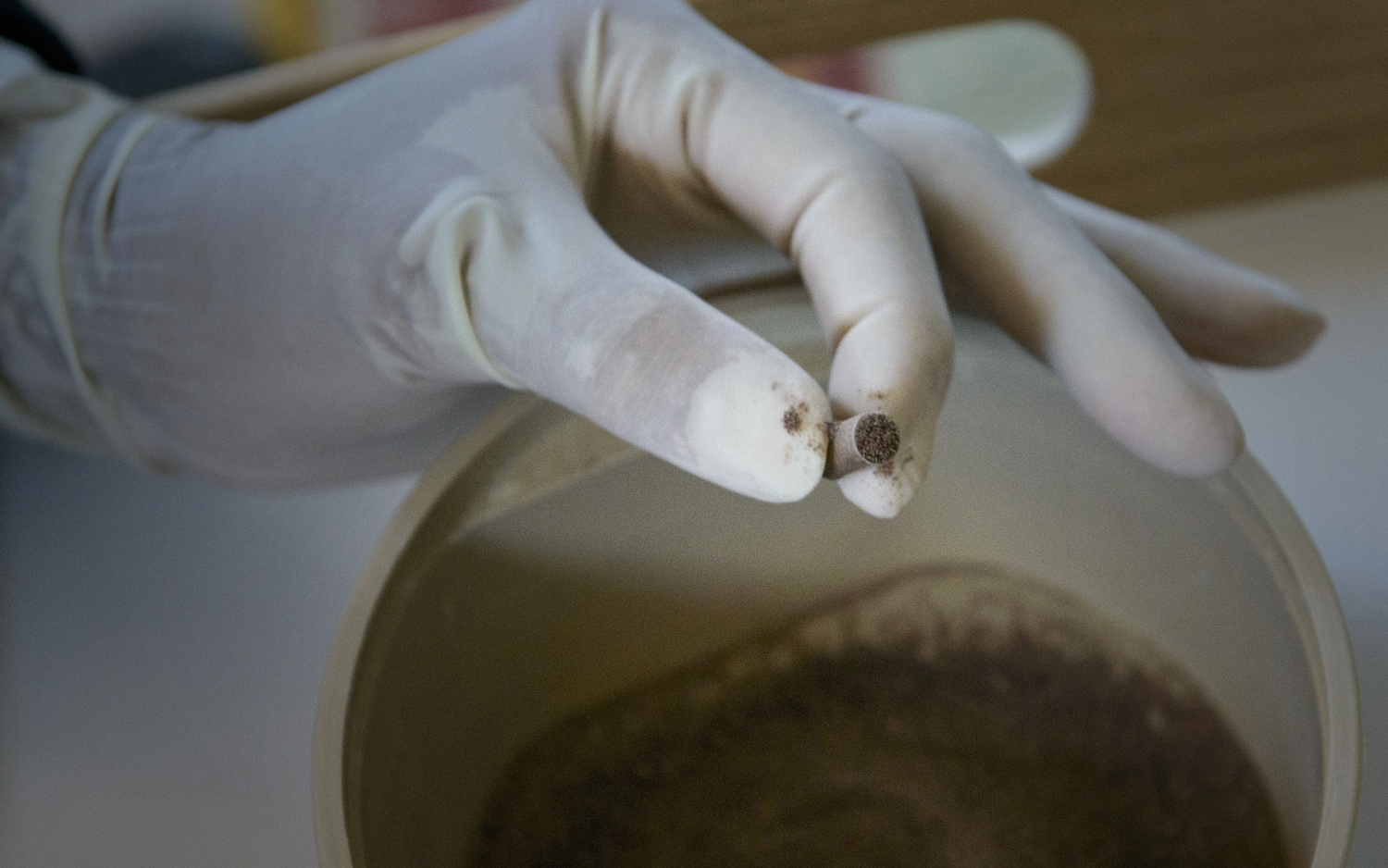
In a now-infamous 2017 Cosmopolitan magazine article, one avid foodie goes on a quest to make placenta gourmet. He rushes home as soon as the nurse places his wife's placenta in his hands, prepares a truly epicurean stew, and declares the taste of his cooked placenta "almost beefy."
Indeed, eating the placenta has become an increasingly popular pregnancy trend, and it's particularly prevalent in pop culture. Although supporters of the trend assert that it helps with postpartum depression, studies show that there are in fact no health benefits to the consumption of the placenta, or placentophagy.
According to Aftab, there are low levels of oxytocin — sometimes referred to as the love hormone — present in the placenta, but consumption of the tissue produces minimal effects in the mom. Eating the placenta can also make newborns sick: There have been "documented infections in newborns linked directly to" people eating the placenta, and then passing bacteria from the tissue to the babies, Aftab said.
"Push presents"

Picture this: You've just given birth, you're surrounded by your family and you've never felt so overjoyed. You open your arms, and the baby's father hands you…a gift box. This is the concept of a "push present," which is a gift given to a mother by the father for giving birth to their child. It can happen before or after the birth, and even right in the delivery room, according to the Huffington Post.
Popular presents include jewelry, clothes and, for some, even cars. In February, Kylie Jenner flaunted her brand-new Ferrari, which she declared her "push present" three weeks after the birth of her daughter.
Gender-reveal parties
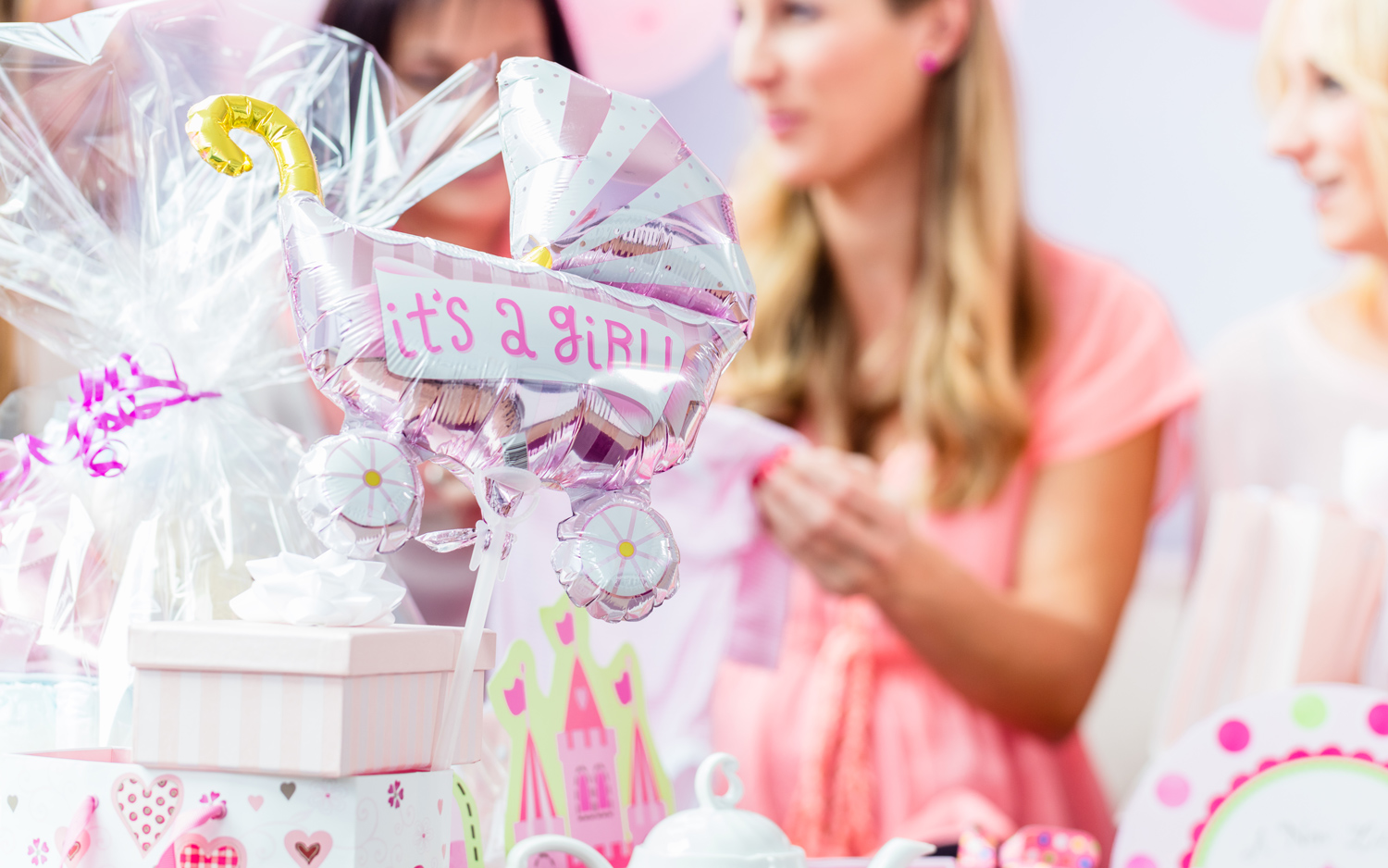
A typical gender-reveal party involves finding out the sex of your unborn child in a fun and quirky way. It's a far cry from the doctor simply telling you the gender during an ultrasound, and parents are coming up with some seriously wacky ways to reveal their baby's gender.
Popular reveals include popping a balloon filled with either blue or pink confetti, and gender-reveal piñatas and cakes filled with blue or pink frosting. Some reveals are crazier than others — one family even pitched a watermelon into the jaws of an alligator, which chomped down on the melon and revealed an explosion of blue Jell-O. It's a boy!
There have been some concerns over gender identity and reinforcement of sometimes harmful gender norms. As one mother at Slate succinctly put it, the gender reveal phenomenon can reinforce "blunt-force refusal of the idea that sex assigned at birth does not necessarily equate with gender identity."
Pregnancy suits for dads
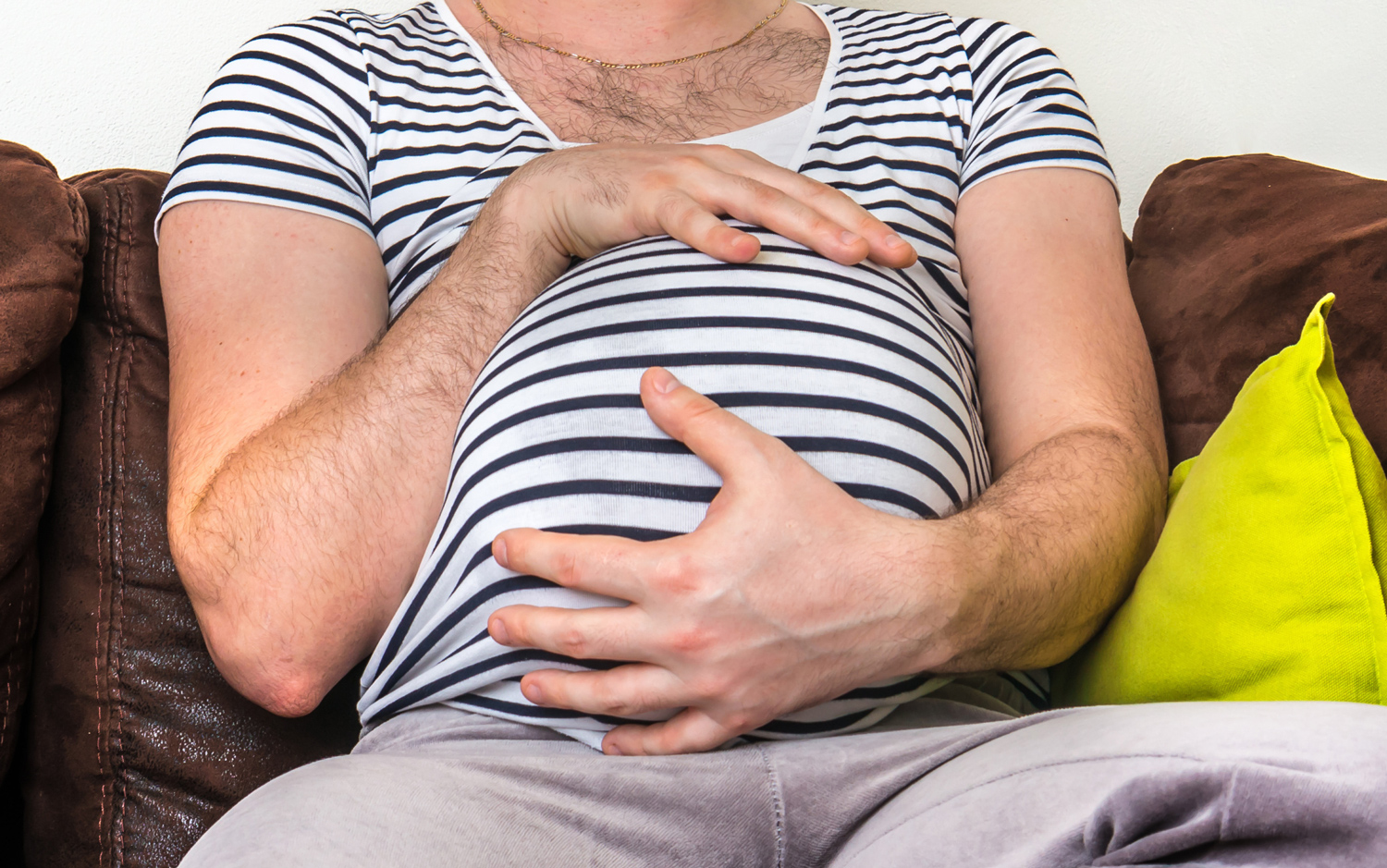
For dads who want to get in on the action, look no farther than the "Mommy Tummy" pregnancy suit. Designed by the Kanagawa Institute of Technology (KAIT) in Japan, the suit simulates symptoms of pregnancy, including weight gain, breast enlargement and even baby kicking. The Mommy Tummy is filled with water to replicate a pregnant belly, and similar water sacks simulate breasts filled with milk.
In one test, men were asked to perform simple tasks while wearing the suit, to help them experience the challenges of pregnancy and to inspire greater empathy toward their pregnant partners.
Mommy Tummy researcher Robert Songer told Live Science in 2011 that the institute has "gotten a lot of comments about how users are glad that they're dudes."


